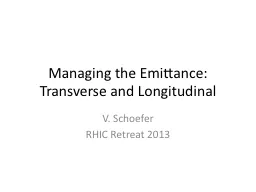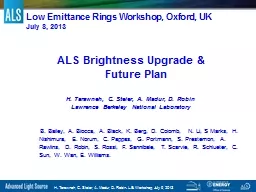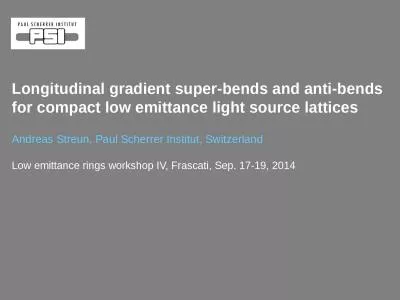PPT-Low emittance light sources
Author : taylor | Published Date : 2024-03-13
Andreas Streun Swiss Light Source SLS Paul Scherrer Institut PSI 5232 Villigen Switzerland Forum Beschleunigerphysik Workshop Perspectives for Accelerators and
Presentation Embed Code
Download Presentation
Download Presentation The PPT/PDF document "Low emittance light sources" is the property of its rightful owner. Permission is granted to download and print the materials on this website for personal, non-commercial use only, and to display it on your personal computer provided you do not modify the materials and that you retain all copyright notices contained in the materials. By downloading content from our website, you accept the terms of this agreement.
Low emittance light sources: Transcript
Download Rules Of Document
"Low emittance light sources"The content belongs to its owner. You may download and print it for personal use, without modification, and keep all copyright notices. By downloading, you agree to these terms.
Related Documents

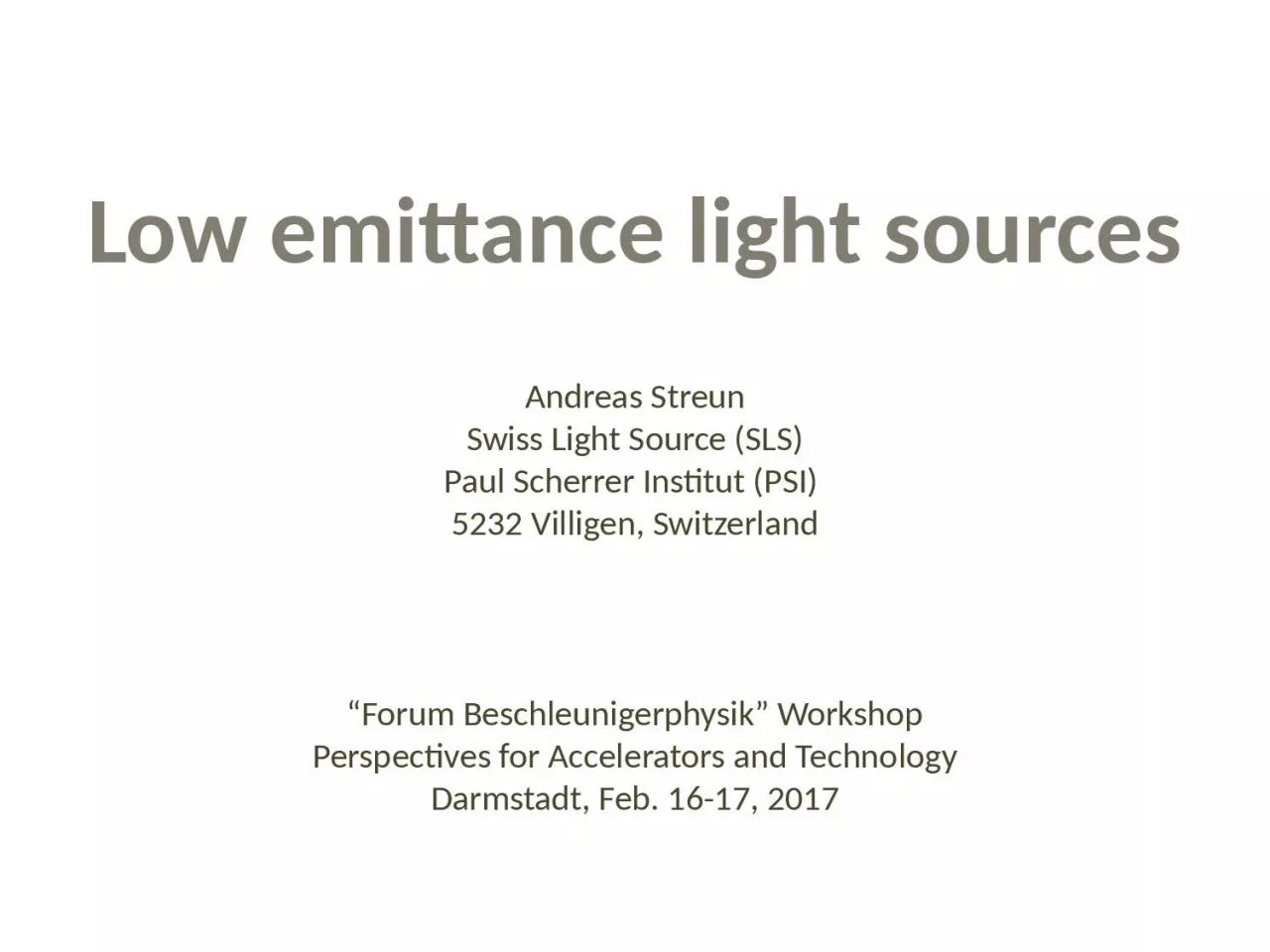
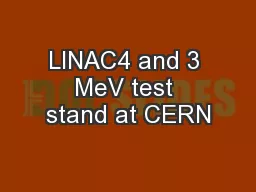
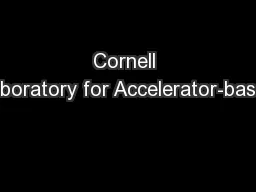
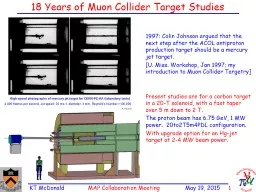
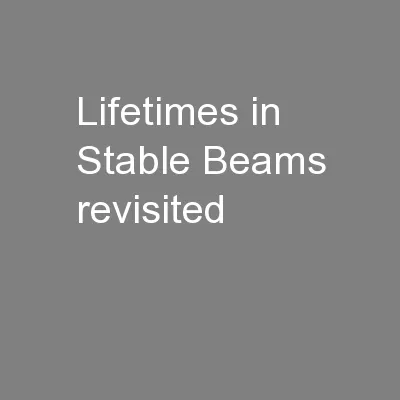
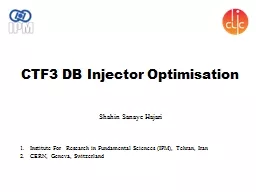
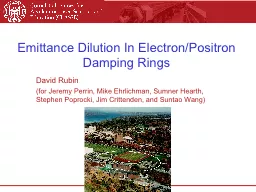
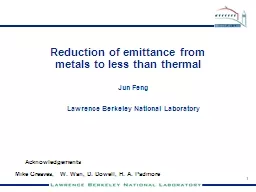
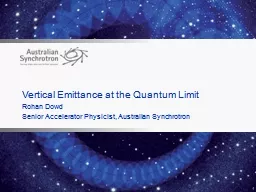
![[READ] Low Carb: Low Carb Weight Loss Secrets Box Set (Dash Diet, Slow Cooker Meals, Low](https://thumbs.docslides.com/881235/read-low-carb-low-carb-weight-loss-secrets-box-set-dash-diet-slow-cooker-meals-low-carb-cookbook-low-carb-recipes-low-car.jpg)
